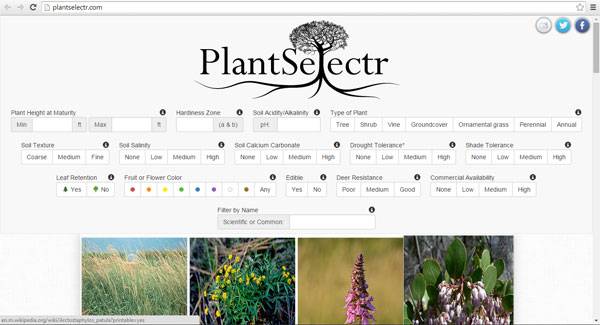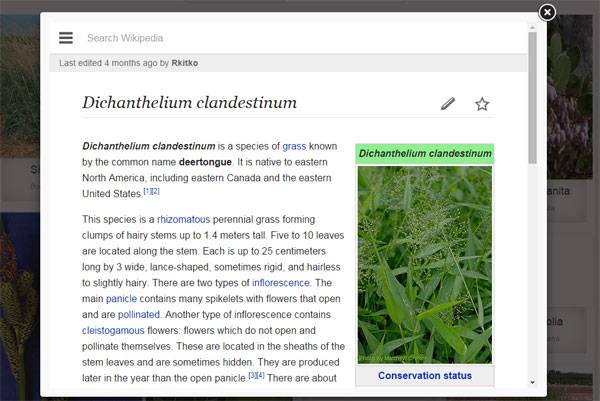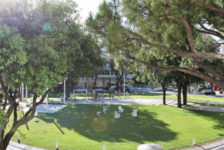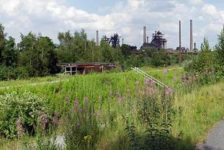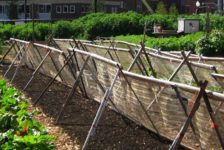Find the perfect plants for your projects with this unique online plant finder. Have you ever sat in front of your project, wondering which plants would be the best options for it? Even the most expert landscape architects have to stop to think before making this essential decision. As living things, plants have their own needs in terms of soil conditions, temperatures, or sun exposure, and designers also have their expectations about the landscape. Putting them together is a key factor in the success of any garden or landscape design. Fortunately, there are several awesome tools available to make this easier. This week, we want to introduce you to one of them — PlantSelectr.com, an online search tool created by Sven Henrik Karlsson.
An Easy Tool to Use for Finding Plants
At first sight, PlantSelectr looks like an easy-to-use search engine — and it really is. Basically, there are 15 possible inputs on which to base your selection, and you can choose which one you want to use. Some are keys for plants’ survival, such as soil conditions, range of temperature, or sun exposure. Others are more focused on designers’ requirements, such as height, color, or commercial availability.
The most technical inputs could create doubts about what search criteria they are taking. How to resolve it? Every single input provides a short explanation under an information icon. As soon as you fill in the gaps, photographs of your possible plants connect you with their identity cards from Wikipedia. There are a lot of plants on the database, although a few of them are short on detailed information. Measurement References As with many resources on the Internet, PlantSelectr has been prepared in terms of the well-known measurement system coming from the English speakers’ field. For example, the information about ranges of temperature, which is particularly useful for outdoor plants, is called “Hardiness Zone.” It takes the USDA chart as a reference and works with minimal winter temperature averages. For projects outside of the USDA area, knowing this simple data is enough to determine the correspondence in this scale, from extreme 0 to 12. You should also keep in mind that the Plant Height at Maturity information is listed in feet, so if you use any other unit of measurement, you may need to use online converters. Related Articles:Alternatives for Technical Inputs General soil conditions have a significant influence on the development of your plants. Soil has to be tested in the laboratory to obtain certain knowledge, but if this information is not available, you should have in mind at least the soil salinity and soil pH levels. How to do it? A visual diagnosis could help you determine if the salinity level is high. According to UGA publications you should pay attention to gray-colored soils and to white or brownish-black crust on soil surfaces. In addition, if there are plants around, they would be expected to show water stress. You can check the acidity and alkalinity levels by using quick DIY kits showing alkalinity for values above 7.0 and acidity for values below 7.0. The presence of calcium carbonate can be confirmed by adding vinegar to a soil sample. Fizzing means a positive result. For more detailed information, you can click here. WATCH: Soil Testing the Easy Way Carefully choosing your plants can make the difference between a blossoming garden and severe plant development problems. Whether you are a student, a casual gardener, or a landscape architect, tools such as PlantSelectr offer a fantastic chance to tap the industry’s collaborative knowledge. Try Plantselectr out for yourself and tell us what you think about it. Recommended Reading:
- Planting: A New Perspective by Noel Kingsbury
- The Planting Design Handbook by Nick Robinson
Article by Elisa García Nieto. Return to Homepage
Published in Blog


